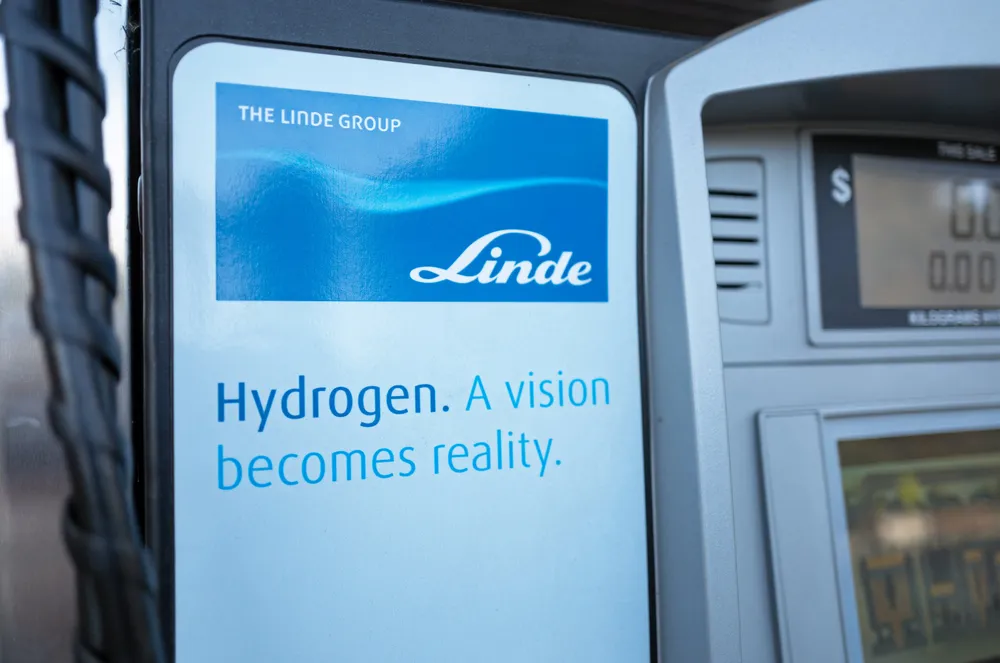Linde to invest $1.8bn in new blue hydrogen plant in Texas, with start-up in 2025
All the H2 will be supplied to Dutch fertiliser maker OCI to produce 1.1 million tonnes of blue ammonia per year

All the H2 will be supplied to Dutch fertiliser maker OCI to produce 1.1 million tonnes of blue ammonia per year
